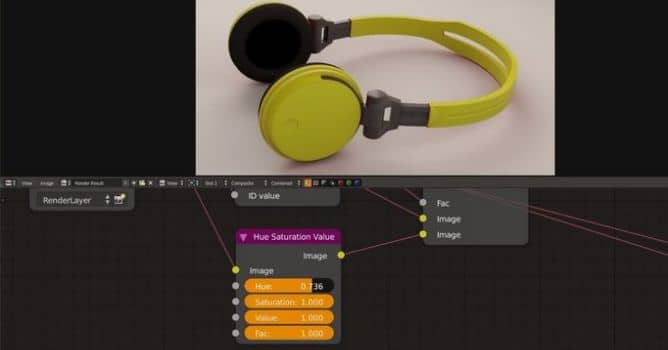
It really excels compared to Cycles in ease of use and rendering interiors, but for many Cycles users, the lack of GPU compute might be a deal-breaker.

Renderman vs cycles license#
I'd say that if you're willing to rent a render farm for rendering animations and if you can afford a Maya license or are a student, Renderman is a pretty solid choice, and probably a bit more production-ready than Cycles. Has pretty nice options available for particle surfacing, volumetric rendering, and hair rendering Only has plugins available for Maya and Katana right nowĪOV system generally makes your life easier as a compositor Has adaptive sampling out of the box which can speed up convergence substantially, and it has less overhead than Cycles adaptive sampling at the moment (more well-integrated)Īlso has material layering which is more similar to how Cycles does things Managing contracts just got easier with CobbleStone featured. Categories Featured About Register Login Submit a product. Has bidirectional path tracing available, which helps render caustics or interiors which are lit from the outside with less noise Compare Arnold VS RenderMan and find out whats different, what people are saying, and what are their alternatives. If youd pay me to work on a renderer for you fulltime for a year, I could produce a feature complete renderer, but it wont be optimized. Real subsurface is available in the layered material system. Cycles can do most stuff that Renderman (or Arnold) can, but thats not the point. The subsurface in the Disney BRDF is more like Cycles translucency than its BSSRDF.
Renderman vs cycles skin#
Has a really nice ubershader (PxrDisney, aka the Disney BRDF) which has base color, emit color, subsurface weight, subsurface color, metallic mask which uses the base color as base specular reflectivity instead of diffusion and sets diffuse to zero, specular weight parameter which lets you tweak specularity for dielectric materials which have base reflectivities that aren't 0.04 (like skin for instance), roughness which influences size of specular highlights as well as the diffuse BSDF, anisotropy which stretches specular highlights and reflections in a particular direction, sheen which is useful for fuzzy surfaces like cloth or skin (AKA diffuse fresnel), sheen tint which colors the sheen by the base color instead of making it white, clear coat which is good for car paint or soda cans where there's a clear glossy coat layered over a material, clearcoat gloss which affects roughness of the clear coat if it's present, a normal map, and a slot for alpha mask. Handles large amount of geometry and textures much better, caching parts that won't fit in memory out to disk as needed

It's closer to Cycles, while REYES, the micropolygon renderer, is closer to Blender Internal (though REYES handles large amounts of geometry and fine displacements better than Blender Internal.) In this case, its laughable to say that the Unreal image is better.

Game rendering engines rely on approximations of and compromises on reality, and while theyre getting better at it, they are still faking the way light actually works, and it can very much show at times. Here's some info about RIS, which is the newer path-tracing render. However, theres a fundamental difference in the rendering techniques here.


 0 kommentar(er)
0 kommentar(er)
